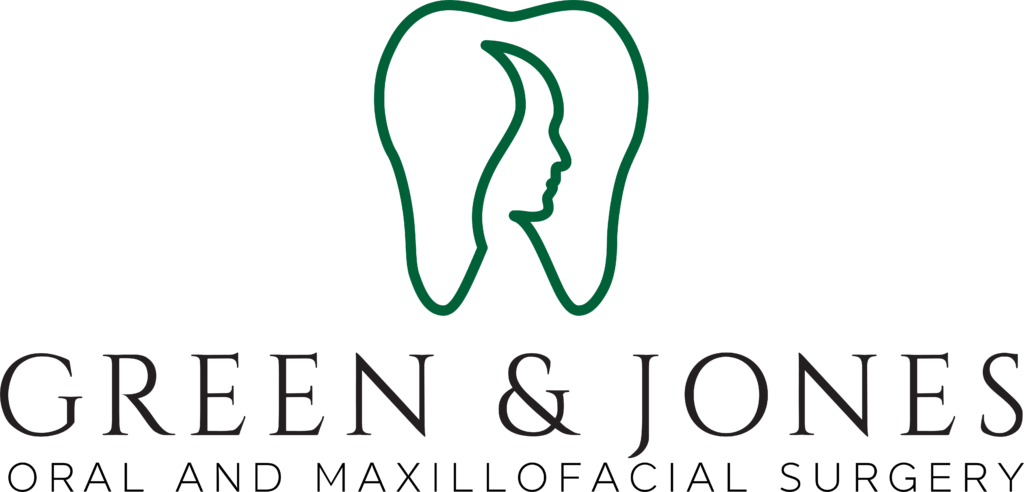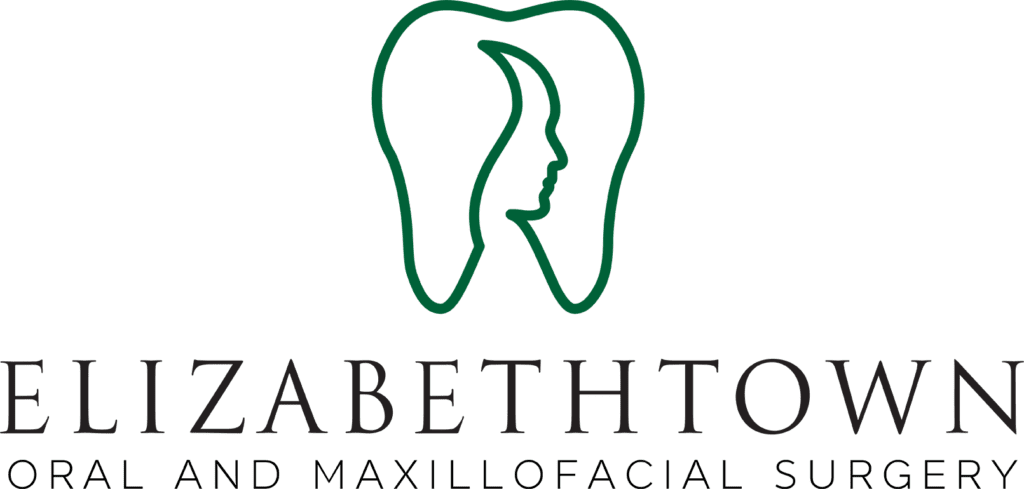This is a procedure used to “grow” bone when areas are deficient. Its application in oral and maxillofacial surgery is described below.
Neonatal mandibular distraction
Occasionally an infant is born with a lower jaw (mandible) so small that it makes breathing difficult. The physician team taking care of the baby will need to make the determination that the small lower jaw is the primary factor causing the breathing difficulties—this is accomplished with various diagnostic criteria. Once this is determined, the child may be a candidate for neonatal mandibular distraction. In this surgery, the lower jaw is cut on both sides near the back and a device is placed on the lower jaw which is turned several times per day. Turning this device will help to “grow” the lower jaw forward, bringing the tongue with it, and thus opening the airway in this region. Initially following surgery, most children will remain with their breathing tube for several days while the airway is “opened” before removing the tube. The tube is removed once criteria are met that make the overall airway team feel comfortable that the child’s airway has sufficiently improved. The devices continue to be turned for several days until the lower jaw is sufficiently increased in size. At this point, the devices remain in place to allow the bone to harden (calcify) and after 2-3 months the devices are removed. Distraction can be performed with internal (under the skin) distractors, or external (outside of the skin) distractors. Dr. Jones most often uses the internal distractors in cases of neonatal distraction. Dr. Jones will review the risks, benefits, and alternatives available in each specific case.
Adolescent distraction osteogenesis
Occasionally the teeth in the upper and lower jaw are so far apart that traditional jaw surgery will not give a stable long term result. In cases such as these, distraction osteogenesis (or growing bone) may help provide a more reliable result. This can be performed on the upper or lower jaw. Again, two types of distractors can be used—internal (under the skin or inside the mouth) or external (outside the mouth/over the skin). Each scenario will lend itself to different methods of distraction. Dr. Jones will visit with you in consultation regarding your specific risk, benefit and alternatives.
Each case of distraction goes through three phases:
1. Latent (after the surgery to place the devices, they are not used for several days to allow the overlying wounds to heal)
2. Activation (This is the period in which the device is turned to move it—it lasts until the managing physician/surgeon determines the goal movement has
been met/accomplished)
3. Consolidation (This period is when the devices are left in place to make sure that the bone has hardened (calcified) prior to removing the device. This helps with long-term stability following the movement/procedure.

